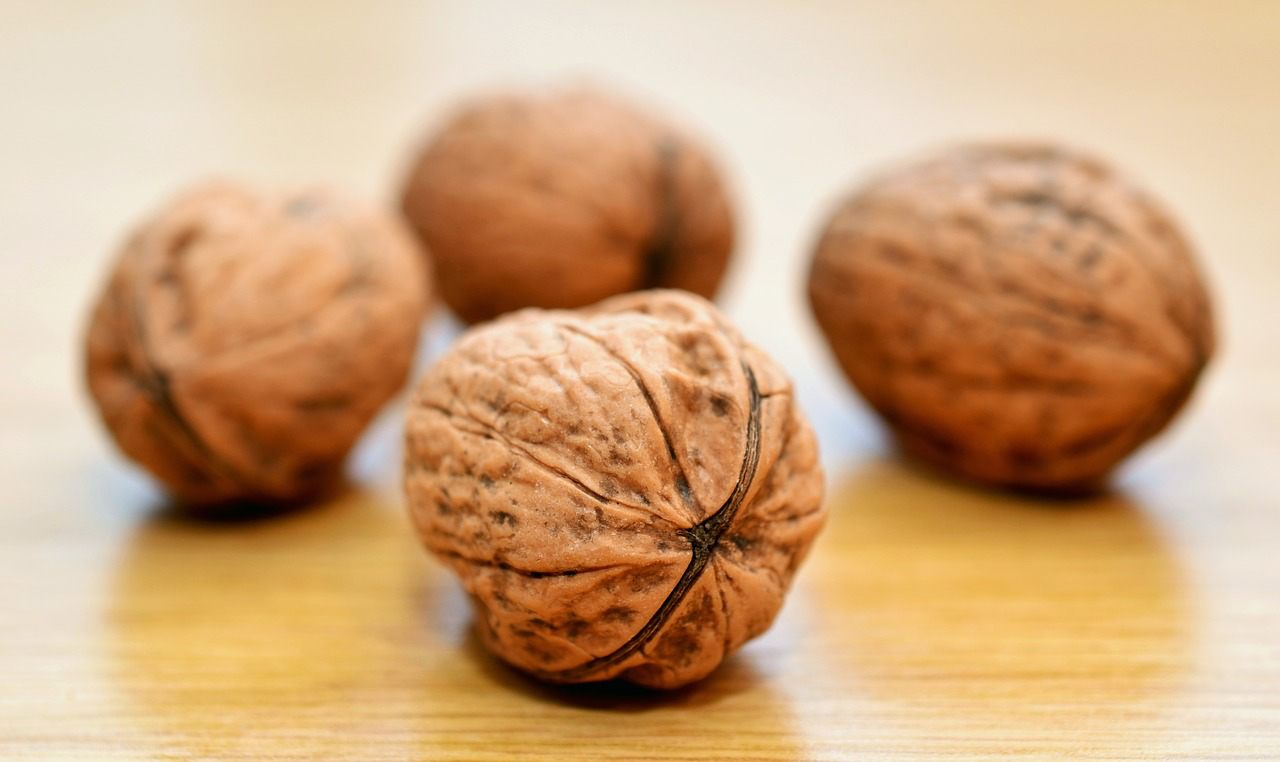Some experts recommend adding 3 nuts to your meal because they slow down the rate at which carbohydrates turn into sugars. It’s all thanks to their fiber which manages sugar levels.

How to lower blood sugar with walnuts?
Drinking herbal tea with their leaves. Some internet sites recommend drinking it 3 to 5 times a day. Preparing it is simple. It takes 50 grams of walnut leaves and the same number of bean pods. Boil everything for 20 minutes. Filter and drink it. Beans are mild hypoglycemic agents. They provide chromium which regulates blood glucose. Fiber reduces the intestinal absorption of glucose. Walnut leaves are hypoglycemic in cases of diabetes 2. They contain polyphenols which are antioxidants and juglone which is an antifungal.
Can anyone with high blood sugar eat walnuts?
Nuts can be a good snack for diabetics. They help prevent heart disease, maintain blood sugar control and weight loss. They regulate blood sugar and slow down the glycemic response when consumed with foods rich in carbohydrates. Walnuts are also a rich source of alpha-lipoic acid, which helps reduce inflammation related to diabetes. One of the most important characteristics of nuts for diabetics is their effect on cholesterol levels. Avoiding high cholesterol levels is essential for these sufferers as it avoids narrowing of the arteries.
Which vegetable lowers blood sugar?
Cabbage is low in calories and high in fiber. It is an ideal vegetable to choose for diabetics. It is also low on the glycemic index (10) and so you can bring many to the table. Since cabbage can help keep blood sugar in check, it also helps maintain kidney functions. It is rich in vitamin A and vitamin C. Contains carotenoids and flavonoids with strong antioxidant properties. Prevents premature aging. It contains over 45 types of flavonoids, with quercetin in the first place. It is an excellent ally against hypertension and high blood pressure thanks to the presence of glutamic acid.
What cured meat can’t a diabetic take?
Research from the Harvard School of Public Health has shown that half a pound of red meat a day transformed into sausages increases the risk of diabetes by 51%. The risk is 19% if you eat a pound of unprocessed red meat every day. Among the cured meats to avoid is cotechino because it is one of the fattest sausages. Here is what a hectogram of cotechino contains:
- Calorie: 307 kcal.
- Cholesterol: 98 mg.
- Sodio: 875 mg.
- Total fat: 24.7 grams.
- Protein: 21.1 grams.